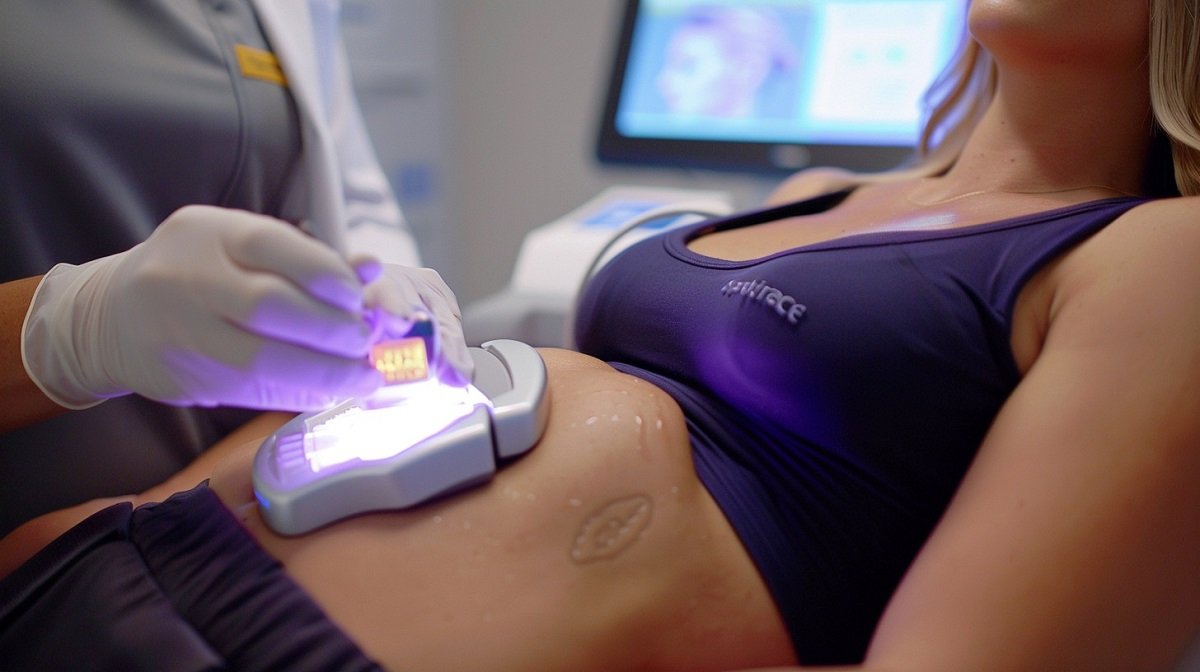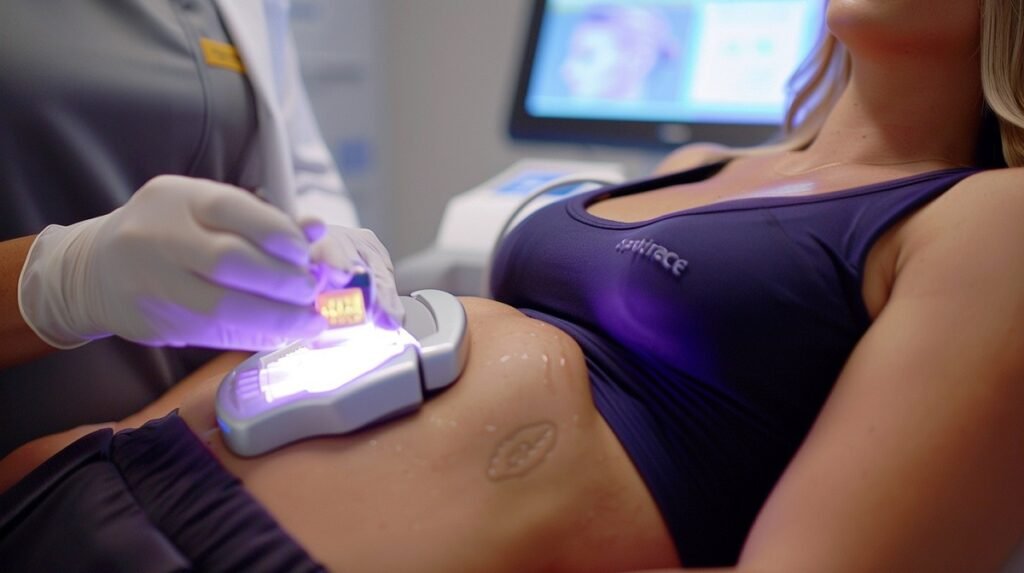Bringing a new life into the world is a miraculous experience, but pregnancy can be challenging, particularly when it comes to how to get rid of postpartum belly fat. Many new mothers find themselves grappling with stubborn belly fat that seems resistant to conventional weight loss methods This essay will go over a thorough how-to for dealing with postpartum belly, offering advice and suggestions to help new mothers on their fitness path.

Understanding the Challenge: How to Get Rid of Postpartum Belly Fat
1. Why is losing postpartum belly challenging?
A woman’s body changes significantly after giving birth, with stretched abdominal muscles and extra skin. Hormonal fluctuations, coupled with the demands of caring for a newborn, can make weight loss seem like an uphill battle. How to get rid of postpartum belly fat is an lesson for mothers.
2. How does breastfeeding impact postpartum weight loss?
Breastfeeding can aid in weight loss by burning calories and contracting the uterus. However, it’s crucial to strike a balance to ensure adequate nutrition for both the mother and the baby.
3. What role does genetics play in postpartum belly?
Genetics can influence body shape and how fat is stored. Understanding your genetic predisposition can assist you in tailoring your postpartum weight loss plan.
Strategies for Effective Postpartum Belly Reduction:
4. Establishing a Healthy Diet:
Emphasize nutrient-dense foods: Include fruits, vegetables, lean proteins, and whole grains in your diet. Stay hydrated: Drinking plenty of water supports overall health and aids in weight loss. Be mindful of portion sizes: Eating balanced portions helps regulate calorie intake.
5. Incorporating Regular Exercise:
Start with gentle exercises: Begin with postpartum-friendly exercises like walking and pelvic tilts. Gradual progression: As your body heals, gradually incorporate more intense workouts like strength training and cardio. Include core exercises: Targeting the core muscles is crucial for postpartum belly reduction.
6. Prioritizing Adequate Sleep:
Importance of sleep in weight loss: Lack of sleep can hinder weight loss efforts by affecting hormonal balance. Establishing a sleep routine: Create a consistent sleep schedule to ensure sufficient rest.
7. Managing Stress Levels:
Impact of stress on weight: Chronic stress can contribute to weight gain, especially around the abdominal area. Stress-reduction techniques: Incorporate practices like meditation, deep breathing, or yoga to manage stress.
8. Utilizing Postpartum Support Garments:
Supportive role of postpartum garments: Compression garments can provide abdominal support and promote healing. Choosing the right garments: Selecting appropriate garments based on comfort and support needs.
Belly Bandit – Upsie Belly Pregnancy Support Band – Maternity Belly Belt – Belly, Pelvis and Back Support for Pregnant Women, Cream, X-Large
9. Long-term lifestyle adjustments:
Sustainable changes: Implementing gradual, sustainable lifestyle changes for lasting results. Involving the family: Encouraging a healthy lifestyle for the entire family creates a supportive environment.
“Postpartum” refers to the period that follows childbirth, encompassing the weeks and months after a woman has given birth. It is often referred to as the postpartum period or postnatal period. This period involves the recovery of the mother’s body from the changes it underwent during pregnancy and labor.
Physiologically, postpartum changes include the contraction of the uterus to its pre-pregnancy size, the adjustment of hormone levels, and the recovery of various organs and tissues involved in childbirth. After child birth this is a challenge how to get rid of postpartum belly fat. Emotionally and socially, postpartum can be a challenging time for new mothers as they navigate the demands of caring for a newborn, adjust to changes in their daily routines, and cope with the physical and emotional effects of childbirth.
During the postpartum phase, physical discomfort, mood swings, and exhaustion are common experiences. It’s imperative that new mothers receive adequate support from friends, family, and medical professionals during this time. Postpartum care frequently entails health examinations for both the mother and the infant in addition to counseling on topics like nutrition, breastfeeding, and mental health.
Conclusion
Embarking on the journey to lose postpartum belly requires a holistic approach that addresses diet, exercise, sleep, and stress management. By understanding the unique challenges new mothers face and implementing practical strategies, it is possible to achieve a healthy and sustainable postpartum weight loss. Remember, every woman’s body is different, so it’s essential to listen to your body and progress at a pace that feels comfortable. You are capable of returning to your pre-pregnancy level of fitness if you are persistent and dedicated.


